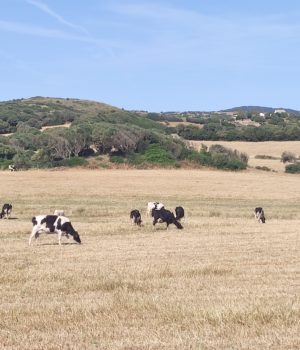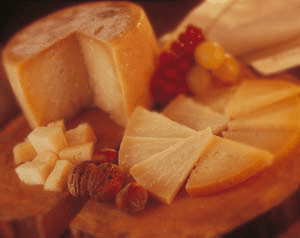En Menorca cheese was already made since the time talayotic. However, it was the English who, during their presence on the island, gave a boost to its export. To this day it remains the same artisan elaboration, that it is possible to discover and experience with one's own hands in some of the island's dairies.
Su foreign trade it was already important in the XNUMXth century. During British rule in the XNUMXth century, the dairy industry grew and ships frequently left the island loaded only with cheese. That's where the origin of its name comes from. “Mahon”, by the port of dispatch of the product.

En 1985 obtained the Denomination of Origin (DO) and in 1997 the protected name was extended to “Mahon-Menorca”.
Dairies integrated in the territory
Its production process has remained unchanged in the Menorcan estates (llocs) -divided by its characteristic dry stone-. Its agricultural activity and its nature always coexisted in balance on the island, which is why it is a Biosphere Reserve. These ancient cheese-making practices continue to be passed down from father to son. They are pressed paste cheeses, square in shape, with rounded edges and corners..
Within the PDO two types of cheese are distinguished. The Mahón-Menorca cheese It is made with pasteurized milk and you can use it molds to shape it. The Mahón-Menorca-Artisan cheese is made with raw milk from the livestock farm itself and the “fogasser” (100% linen cloth) is used to give it its shape.
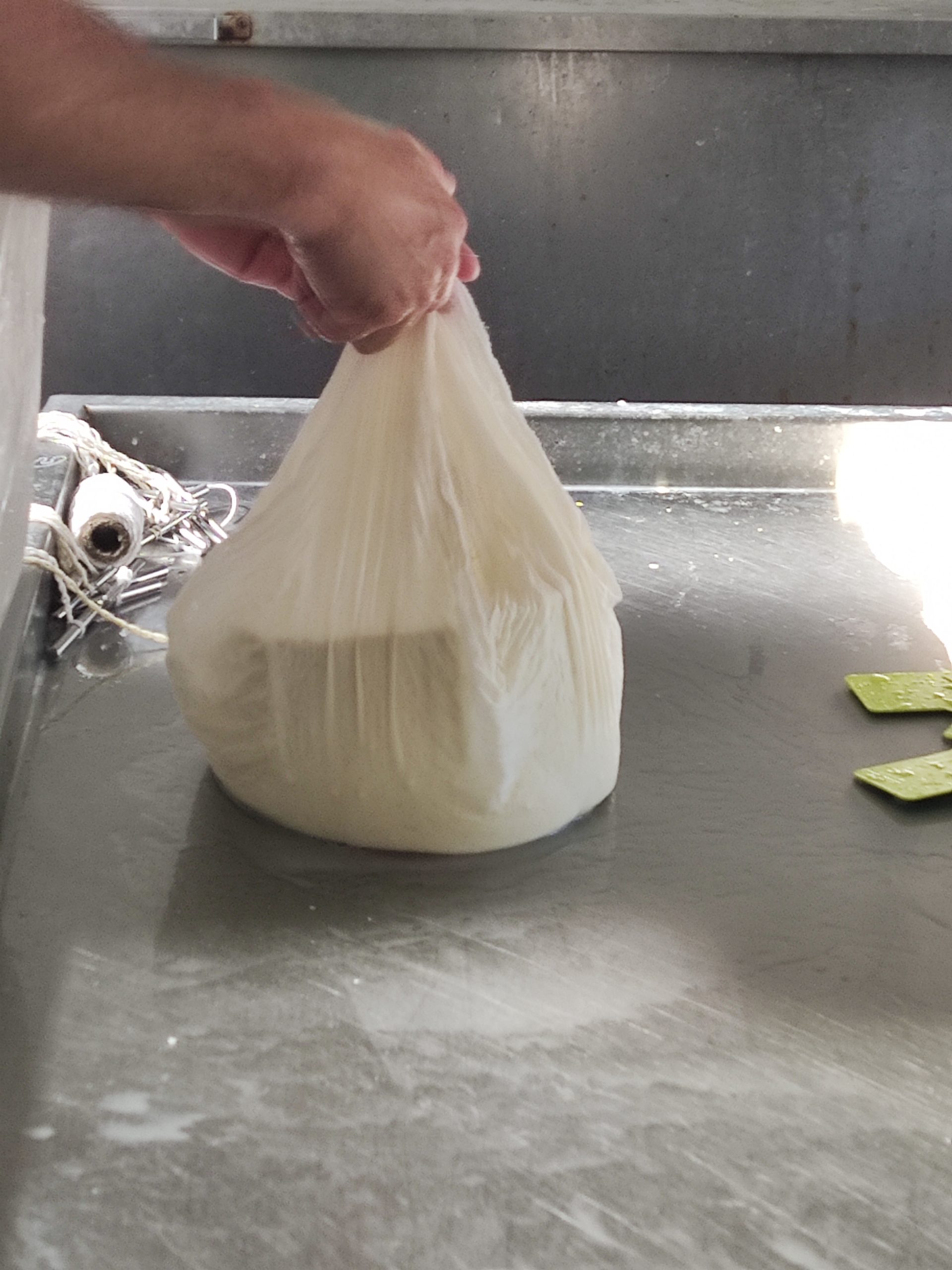
In the final phase of making artisan cheese, after separating the whey from the curd, it is pressed. For this they are placed 3,5 kilos of it in the “fogasser”, which is hung and tied with a cord called “ligam” forming four petals of a flower. The knot mark on the cheese shows that it is handmade, not moulded.
They stay like this for eight hours, then they spend a day in salted water and then in a maturing chamber, the time in which it will depend on whether the cheese is semi-cured (two months), cured (six months) or aged (one year). The curing is brushed once a month with extra virgin olive oil and paprika.
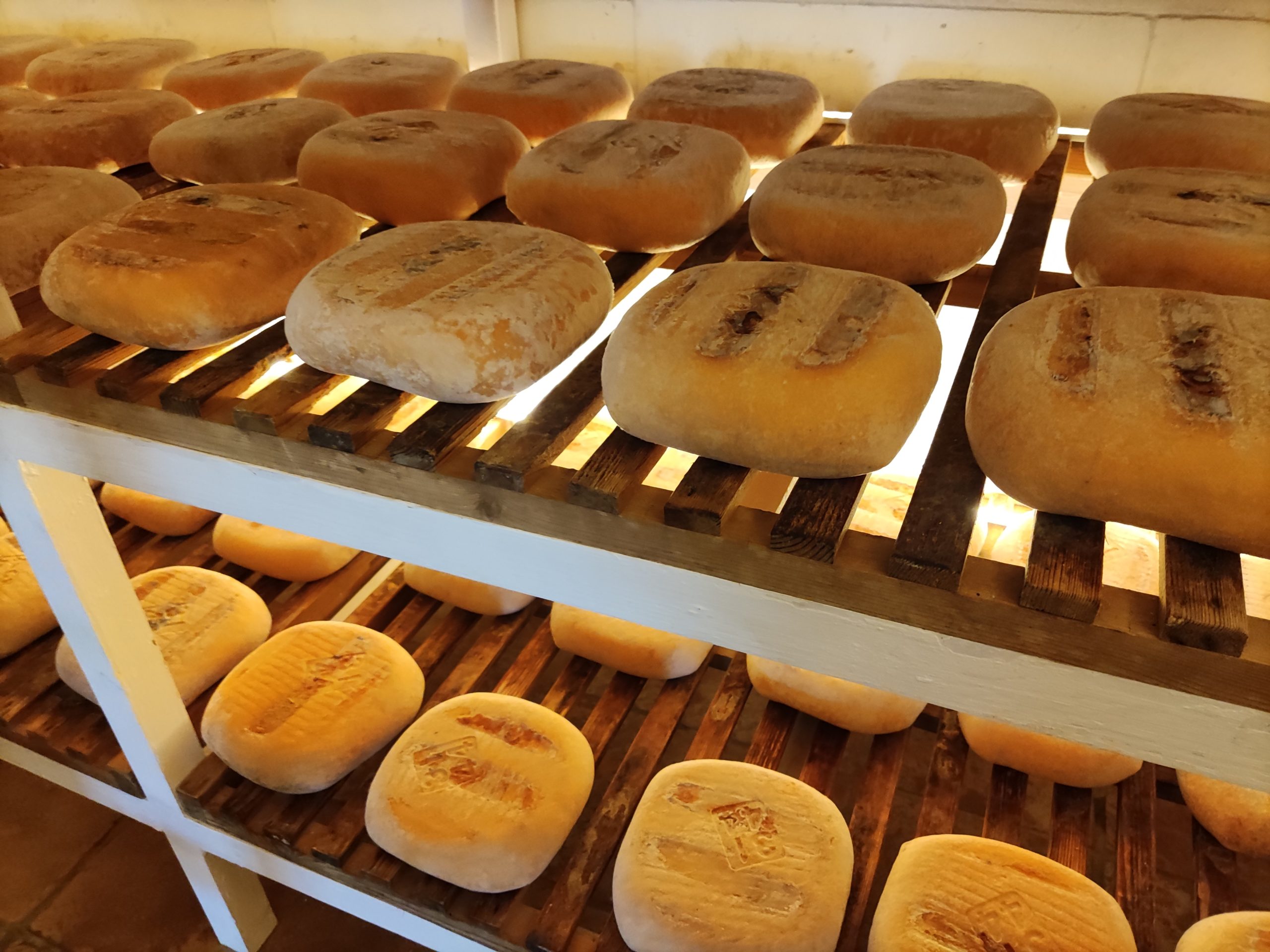
Visit the cheese factories of Menorca
On the island there 39 dairies that make it, some of which can be visited, such as the famous ascent , where since last year you can be a farmer for a day and take home your own cheese. In this farm 350 hectares or 120 friesian cows in stables where scratchers have been placed for massage and fans, which has increased their milk production in 2,5 liters. And it is that if the cows get stressed, and all this is noticeable in the production and quality of the milk.
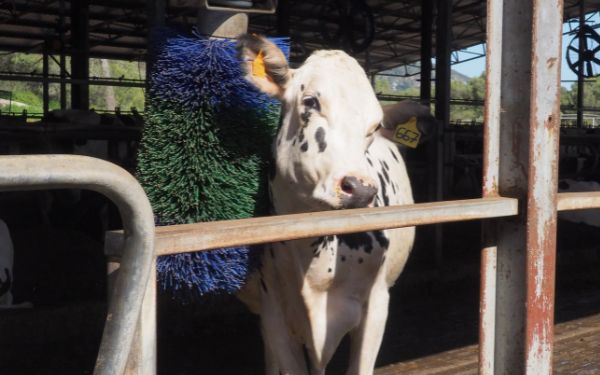
With all this milk from the cows in this cheese factory they make 100 pieces of cheese a day in summer of 3,5 kilos each. Its cured cheese has been awarded at the World Cheese Awards on several occasions.
El cured cheese from Menorca stands out for its creaminess, as they tell us in They are Piris, a small, family-run cheese factory with about 40 cows that opened ten years ago and also offers tours. Its semi-cured cheese received the prize for the best cheese made with cow's milk at the National Cheese Master Contest 2019.


